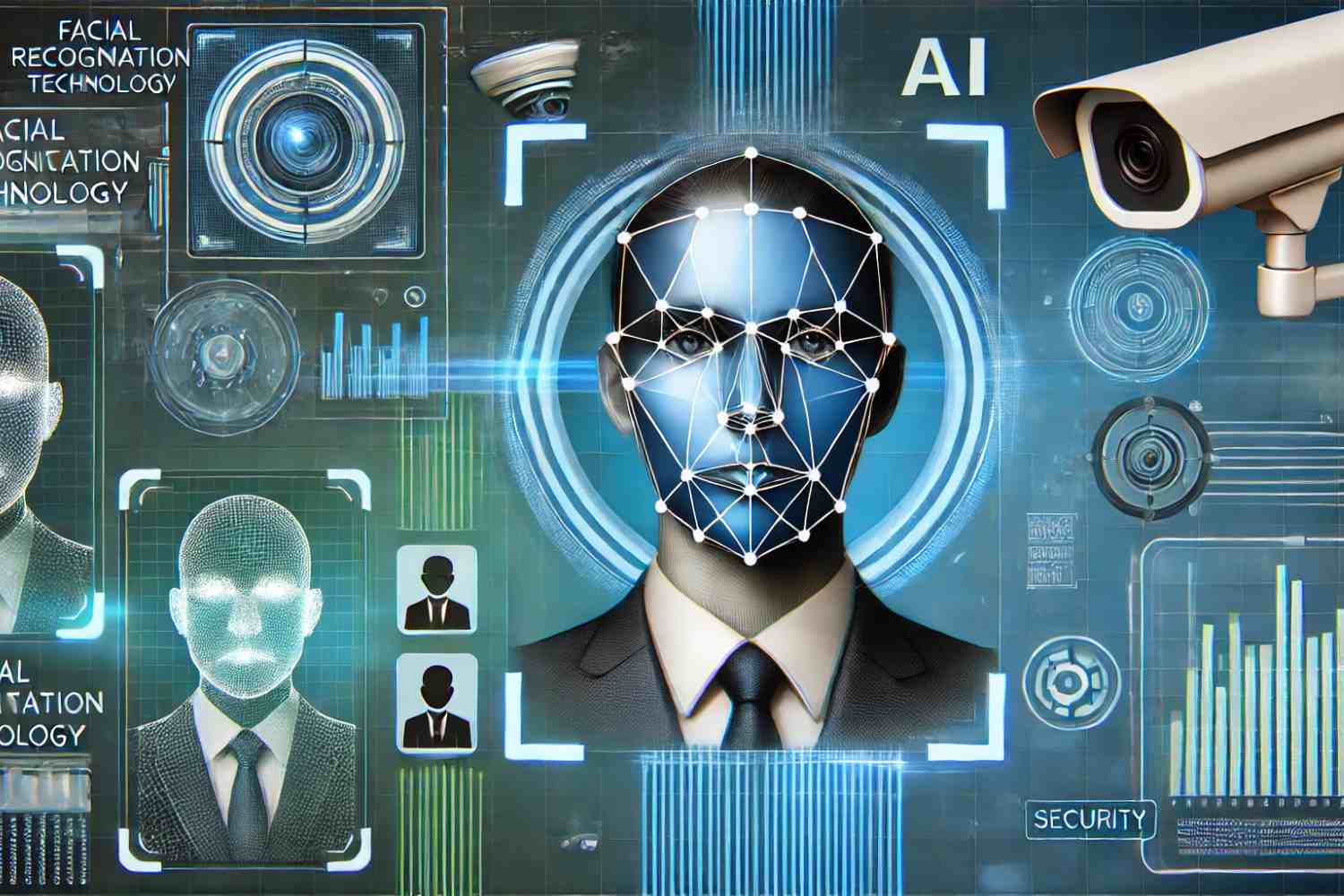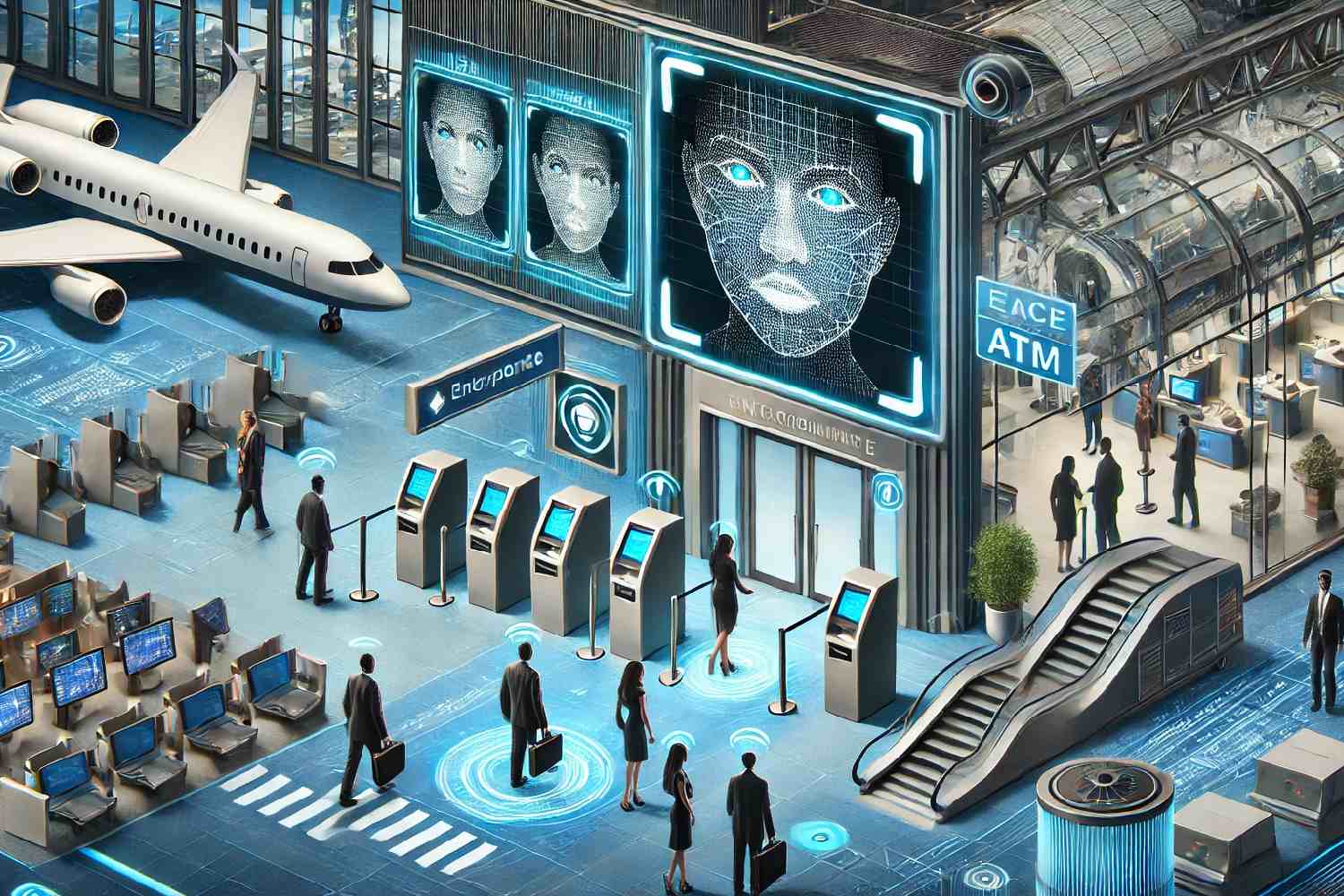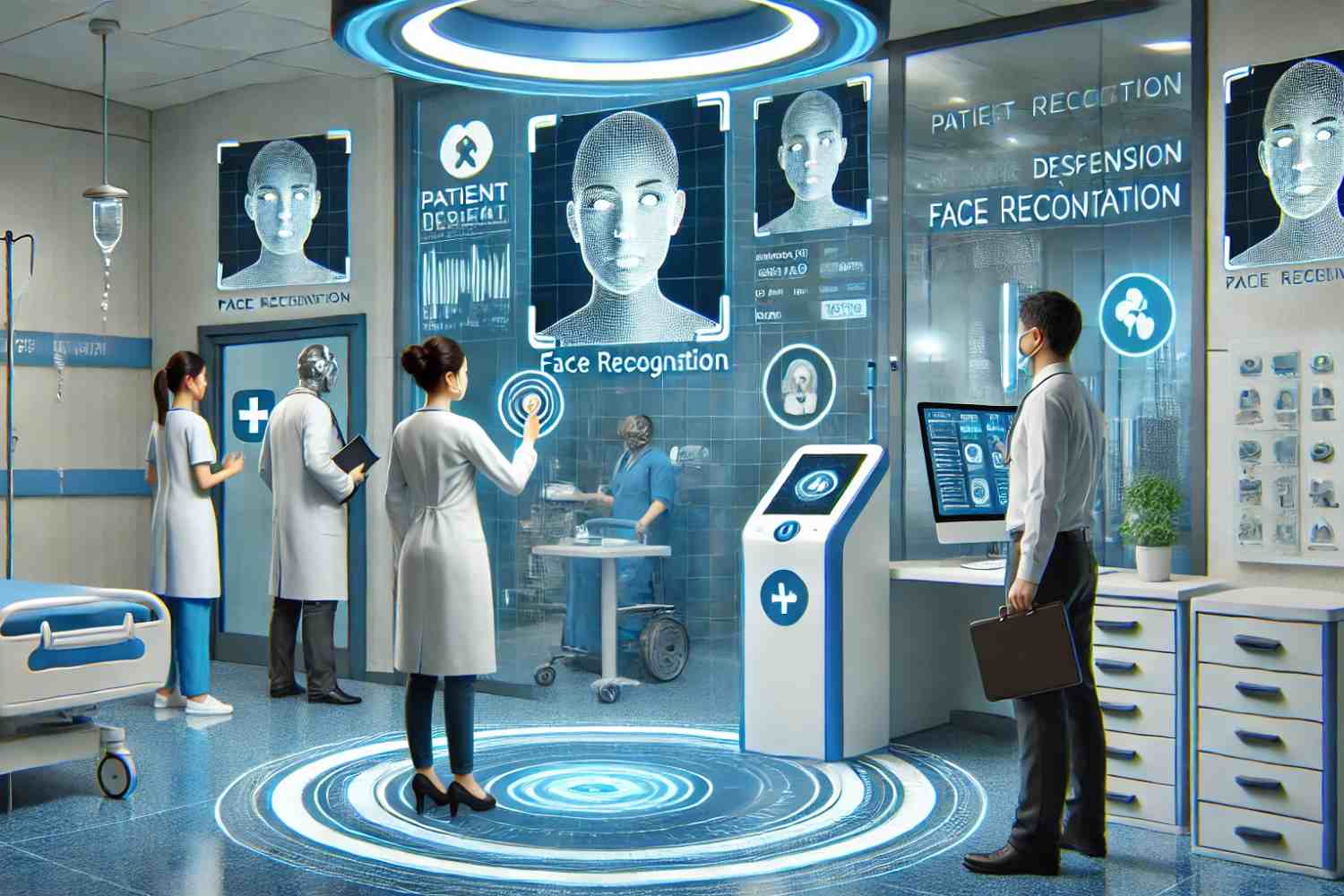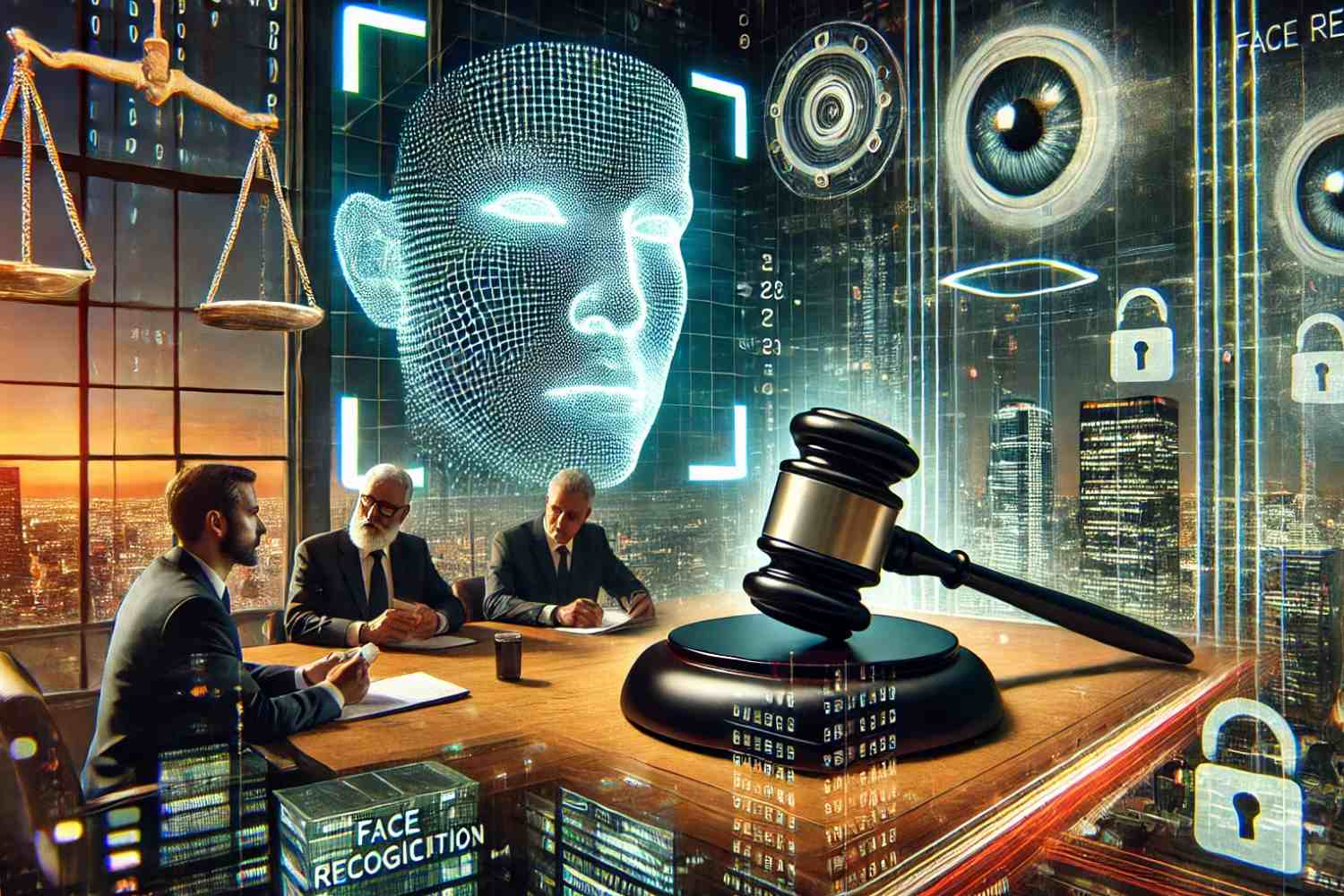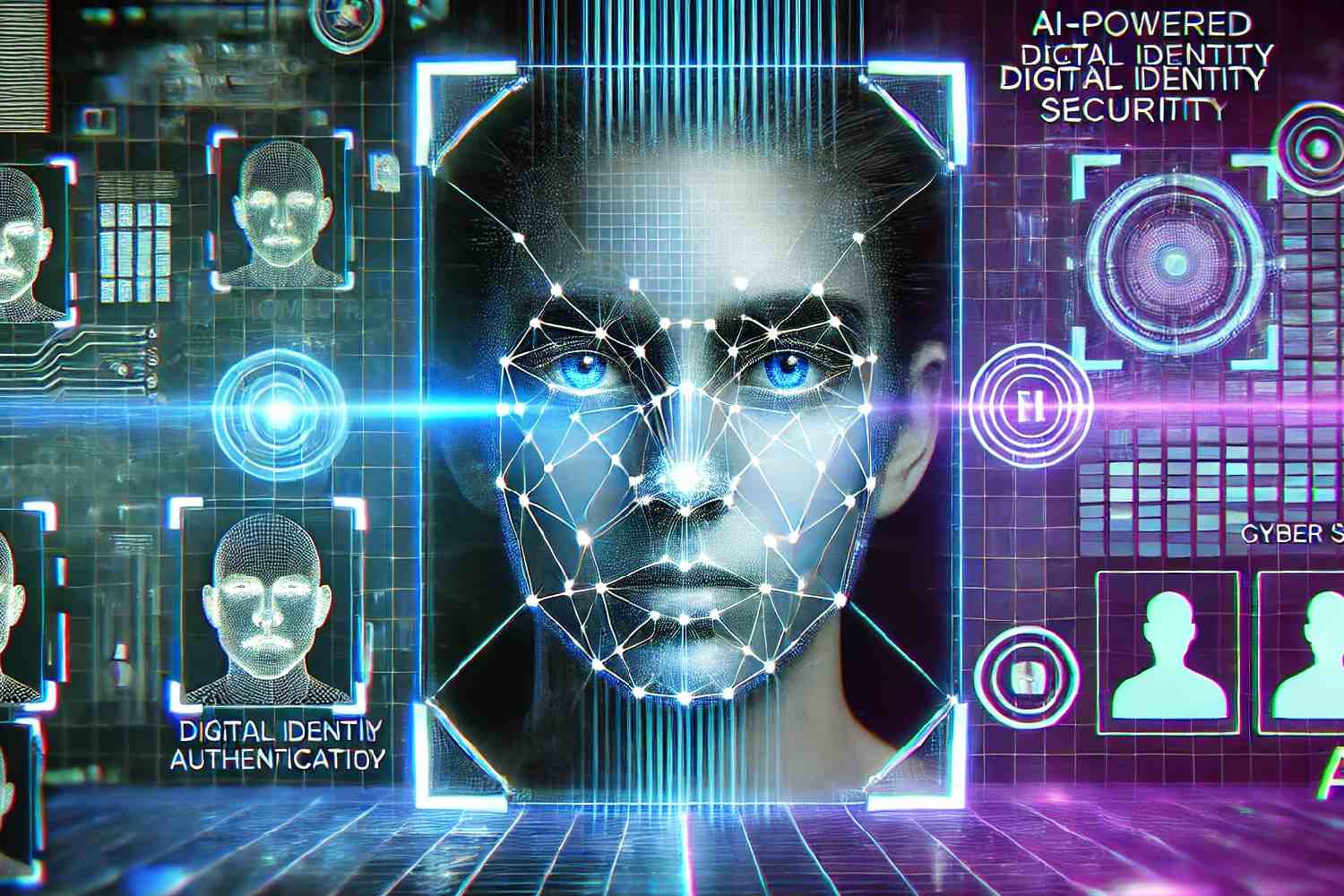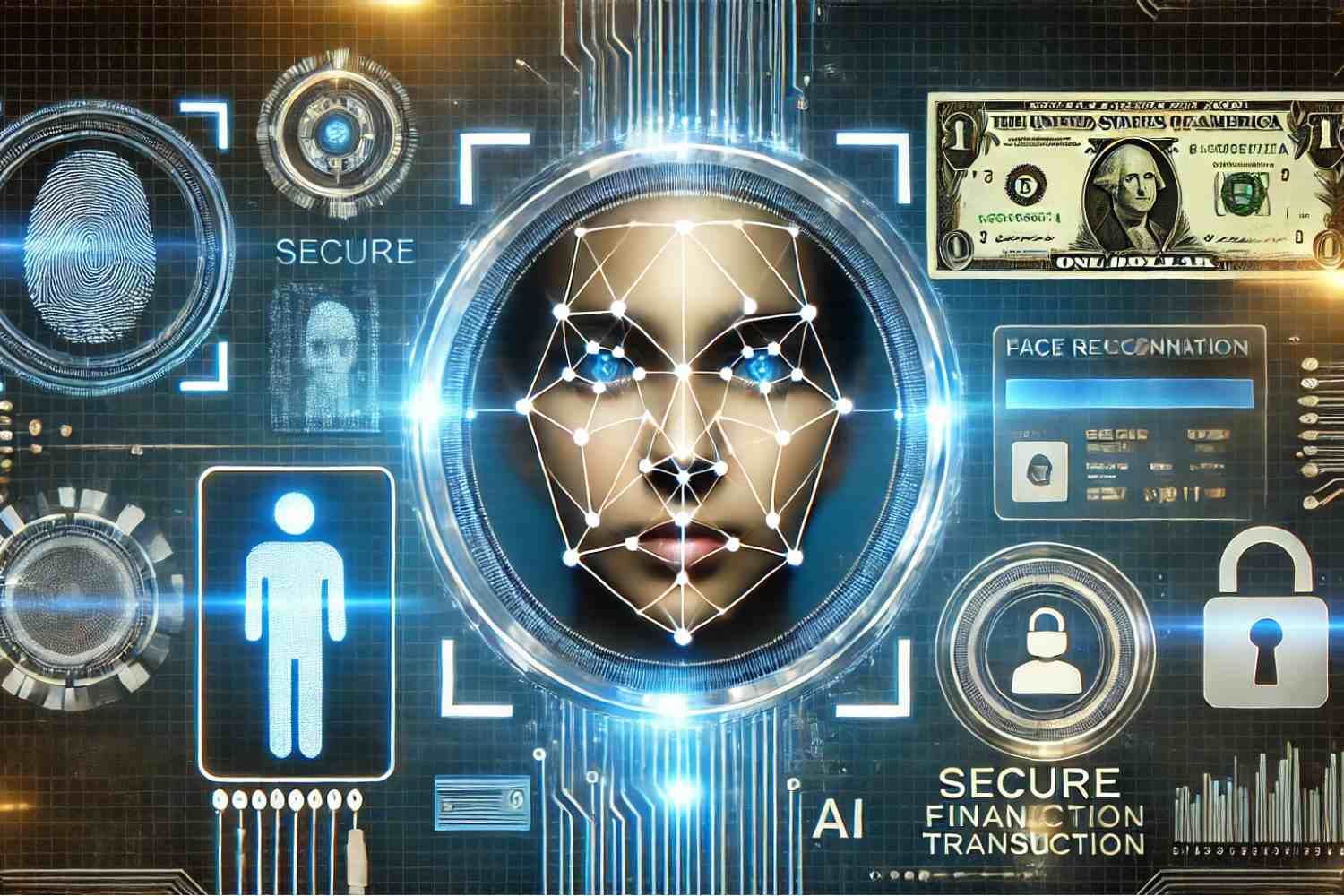Introduction
In today’s digital world, security is a top priority for individuals, businesses, and governments. Traditional security methods such as passwords, PINs, and keycards are no longer enough to counter sophisticated threats. Face recognition technology is revolutionizing security and surveillance by providing a fast, accurate, and contactless method of identity verification.
From securing airports to enhancing law enforcement operations, face recognition is playing a crucial role in modern security systems. In this blog, we explore how this technology is transforming security and surveillance across various sectors.
Enhancing Public Safety
Face recognition is significantly improving public safety by helping authorities quickly identify individuals in crowded places. Governments and law enforcement agencies worldwide use facial recognition technology in:
- Crime Prevention: Police departments utilize face recognition software to track down criminals and suspects by matching their images with databases of known offenders.
- Missing Persons Identification: Law enforcement can match images of missing individuals with live surveillance footage to facilitate quicker recovery.
- Event Security: Large-scale events, such as concerts and sports matches, employ facial recognition to detect and prevent potential threats.
Strengthening Corporate Security
Businesses and organizations are increasingly integrating facial recognition into their security systems to safeguard employees, data, and assets. Key applications include:
- Access Control: Instead of keycards or passwords, employees and authorized personnel can gain access to buildings or restricted areas through face recognition.
- Employee Attendance Tracking: Organizations leverage biometric authentication to ensure accurate and automated attendance tracking without manual intervention.
- Fraud Prevention: Financial institutions and banks use face recognition to prevent identity fraud, ensuring that only authorized individuals access sensitive data and services.
Revolutionizing Border Control & Airports
Airports and border security agencies are adopting face recognition to streamline passenger verification, reduce wait times, and enhance security. Applications include:
- Seamless Passenger Boarding: Many airports use facial recognition at check-in counters, security checkpoints, and boarding gates to automate identification.
- Immigration & Customs Checks: Border agencies use face recognition to verify travelers’ identities and prevent illegal crossings.
- Baggage Claim Security: Some airports implement biometric verification to ensure baggage is collected only by its rightful owner.
Enhancing Smart Surveillance
Surveillance cameras combined with AI-driven face recognition technology have transformed traditional security monitoring. Some advantages include:
- Real-time Monitoring: AI-powered surveillance can identify suspicious activity and alert security personnel instantly.
- Automated Alerts: Face recognition software can automatically detect blacklisted or unauthorized individuals, reducing human monitoring efforts.
- Behavioral Analysis: Some advanced systems analyze behavior patterns to identify potential threats before they escalate.
Privacy & Ethical Considerations
While face recognition technology offers numerous security benefits, it also raises privacy concerns. Some key ethical challenges include:
- Data Protection: Ensuring that facial data is stored securely and not misused.
- Surveillance Misuse: Avoiding unauthorized or invasive use of facial recognition in public and private spaces.
- Bias & Accuracy Issues: Developers must ensure AI algorithms are unbiased and accurate across diverse demographics.
Regulations such as GDPR and other data protection laws are evolving to address these concerns and ensure responsible use of facial recognition technology.
Future of Face Recognition in Security
The future of face recognition in security looks promising, with advancements such as:
- AI & Deep Learning Enhancements: Improving accuracy, reducing false positives, and increasing processing speed.
- Integration with IoT Devices: Connecting facial recognition with smart home systems, security cameras, and wearables.
- Touchless Biometric Authentication: Expanding its use in mobile payments, ATM transactions, and online identity verification.
Conclusion
Face recognition technology is revolutionizing security and surveillance across multiple industries. It provides a reliable, efficient, and contactless way to enhance safety, prevent crime, and streamline identity verification. However, balancing innovation with ethical considerations is essential to ensure responsible and fair implementation.
As technology evolves, face recognition will continue to redefine security measures worldwide, making our cities, businesses, and digital spaces safer than ever before.
Are you looking to integrate face recognition into your security systems? Contact True Value Infosoft, a leading Face Recognition App Development Company in India, to explore customized solutions tailored to your needs!
